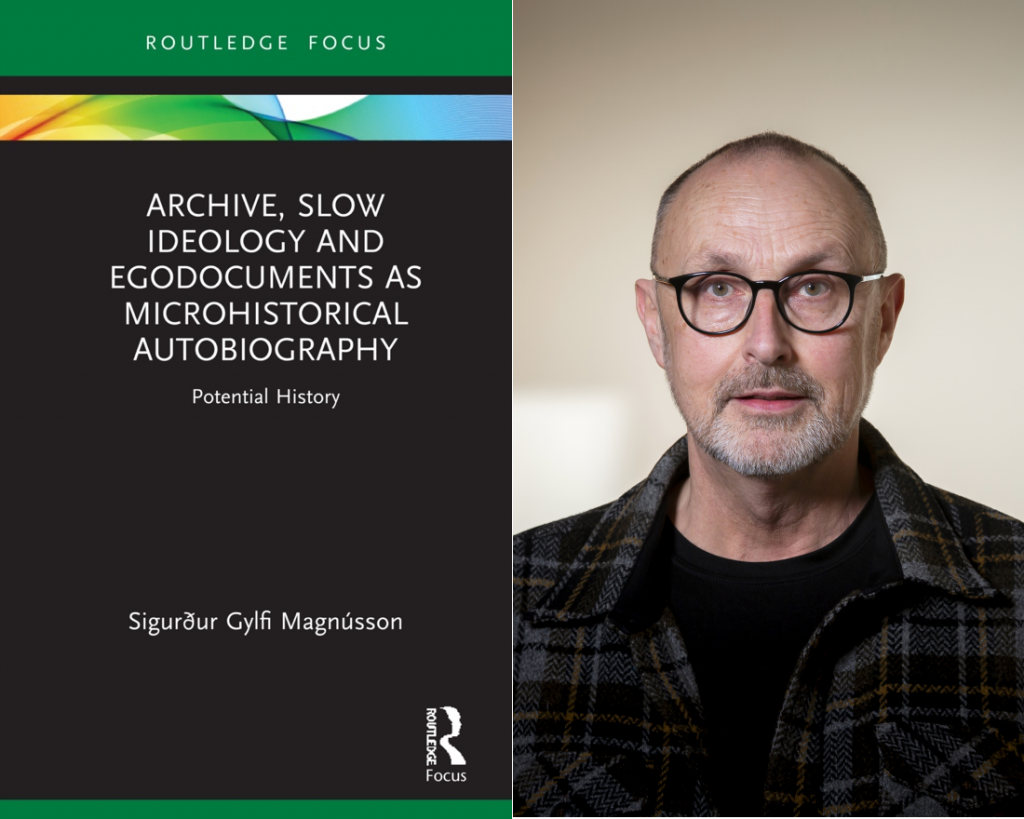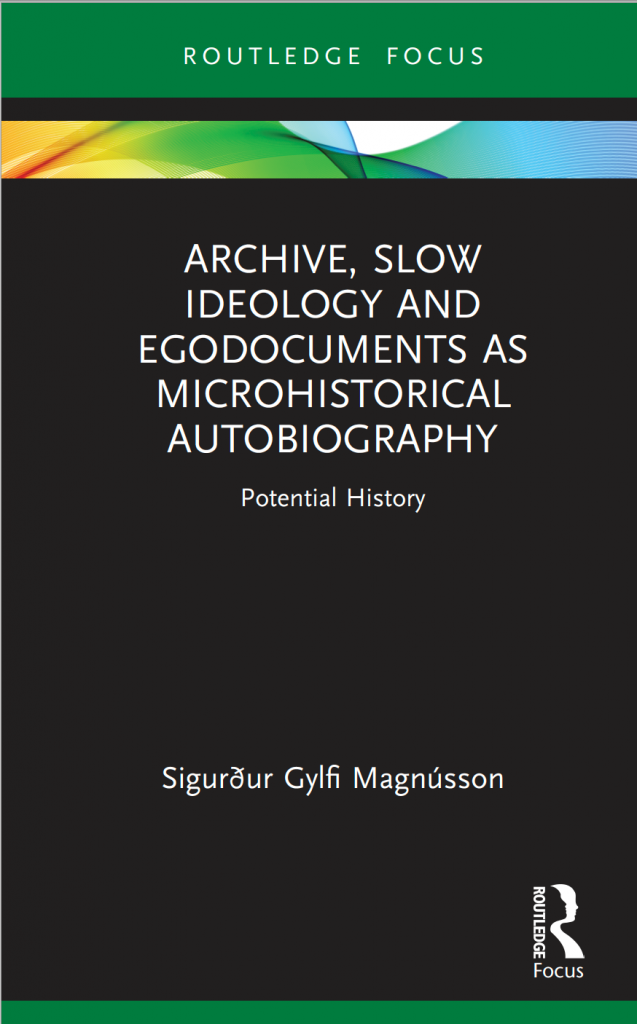The book aims to demonstrate how scholars in recent times have been utilizing egodocuments from various angles, and providing an opening for the multivocality of the sources to be fully appreciated. This first part of the book is concerned with the significance of egodocuments, both for the individual him/herself who creates such documents, and also for the other, who receives them. I approach the subject on the basis of my own personal experience, and go on to discuss the importance of such documents for the academic world, emphasizing more general questions and issues within the fields of historiography, philosophy of history, microhistory, and memory studies.
The second part of the book is based upon a photographic collection – an archive – that belonged to my grandfather, who over decades accumulated photographs of vagabonds and outsiders. My idea for this part of the book was quite simply to explore what kind of knowledge can be applied when a single source – an archive, document, letter, illustration, etc. – is examined, and whether the knowledge derived may not be quite as good in its own context as in the broader perspective. This methodological experiment of the book is discussed in the first part of the book and was assuredly a demonstration of microhistorical development in recent years, especially that which compels the scholar to scrutinize the subjective context, to temper the researcher’s grandiosity, slow down the research process and give oneself time to consider factors which generally make no impression on the person analyzing and exploring. In that sense the text of this book is an improvisation based on the materiality of the photographs of my grandfather and the effects they produce. Guided by such ideas, I write this book, placing myself within the framework laid out in it. One could argue that I draw not only from my microhistorical focus, but also from my scholarly engagement with the history of emotions. This time myself and my ancestry are in the spotlight instead unrelated people from past centuries. So that the specific archive I am presenting in the Episode II will be more of an occasion for reflection and investigation of the question of the archive as a phenomenon. This first part of the book thus serves as an academic prelude of a kind for the “non-autobiography” presented in the latter part of the book (Episode II).
I stress that the work as whole is unconventional, and that it constitutes a new approach to how historians address questions which are generally deemed historical, but which are also highly personal. Here I encourage them to apply the known approach of the methods of microhistory to address the gaps in our knowledge, no less than our certainties; not to hesitate to read between the lines, and to step into the text and the series of events, with the insight and understanding that our profession has endowed on each and every historian, to be used.
My discussion of the photographic archive of my grandfather, in the second part of the book, is framed to resemble conventional chapters of autobiographies, which I have connected by invented letters; all are ‘true’ in the subjective sense, based on collective family memory. Soft Spots is an ode to certain conditions that go to shape the world – possibly peripheral cultures, or the boundary between different worlds. Which individuals find themselves excluded? And what is the contribution of people in that situation to the society which in some sense rejects their existence? What is the relationship between scholarship and people in this context? I realized that this particular archive offered me the opportunity to consider the above-mentioned questions, and on entirely different terms from my previous work.
Each photograph is accompanied by its own text, based on my feeling for the subject: a fictional text, which in some cases has a strong connection to the photograph, while in others the allusion is less concrete. Together, however, the photo and text form a continuous chain which connects together my grandfather, my father and myself, and in addition is intended to highlight the place of historical resources, and how they can tell us so much more than we have hitherto dared to discuss.
The Archive as a phenomenon has a story to tell which is sometimes hard to understand, for the object itself – the archive of my grandfather – reflected a past that I did not know existed. The Archive has provided the three of us – my grandfather, my father and me – with a reason to mirror ourselves in the past; and that experience forms a thread that runs through all our lives. In the book that experiment acquires new meaning for those who examine the archive – whether our family members, or the general reader. It might be consider a ‘potential history’ as the Polish scholar, Ewa Domanska, argues when she explores unrealized potential in the past in an attempt to show what conditions should be created in order to allow people to become accustomed to each other, and how they could coexist, even in conditions of conflict, as she puts it in a book chapter from 2018, “Affirmative Humanities”. I explore these concepts towards the end of the book, after the chapter on the non-autobiography, with the intention to explain its meaning for the discipline of history.


